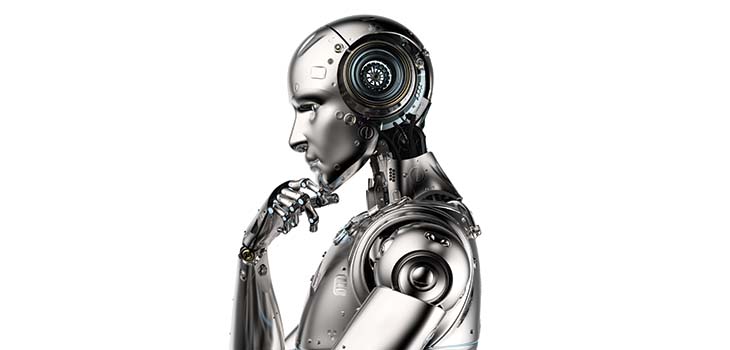
- How computers ‘learn’ from humans.
- The potential complications of large datasets.
- What we can expect from AI in the future.
Artificial intelligence or ‘AI’ generally describes a computer solving problems in a way that a human might. It encompasses ‘machine learning’ which involves a computer classifying data and learning when it makes mistakes.
Machine learning algorithms have a vast number of applications which include providing personalised recommendations in search engines, identifying unwanted emails through spam filters, and assisting medical practitioners diagnose illness.
Increasingly, lawyers are harnessing this technology to assist in the review of large datasets. In this context, the term ‘machine learning’ is used interchangeably with ‘Technology Assisted Review’ (TAR) and ‘Computer Assisted Review’ (CAR).
How does it work?
It works in a similar way to an email spam filter. The spam filter categorises emails as either ‘spam’ or ‘not spam’ and removes the spam emails to a separate folder. Every time the user flags











